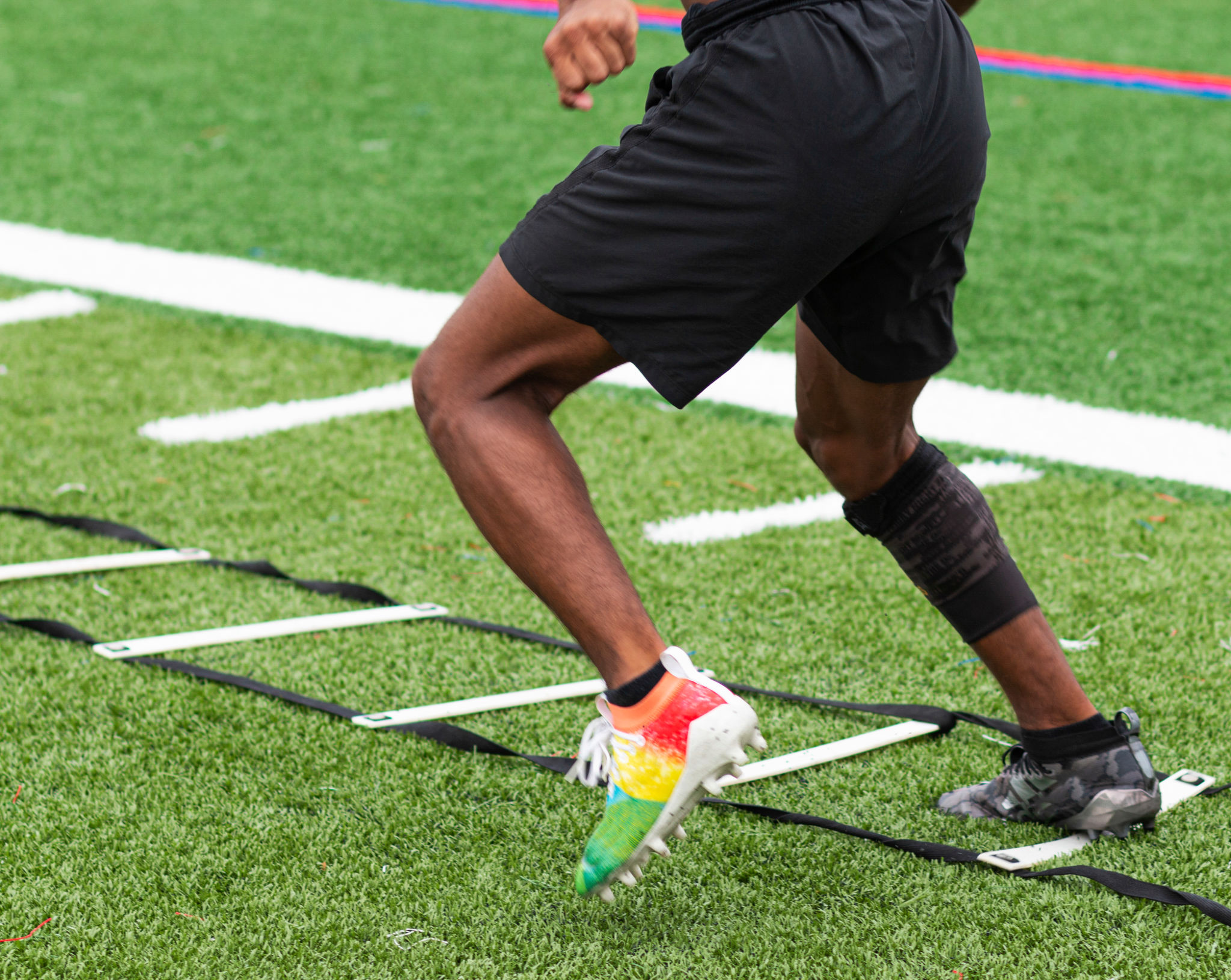Expert Insights: Improving Speed and Agility in Football
Understanding the Importance of Speed and Agility in Football
Football is a dynamic sport that requires a blend of physical fitness, strategic thinking, and technical skills. Among these, speed and agility are crucial components that can significantly impact a player's performance on the field. Enhancing these attributes allows players to respond swiftly to game situations, execute precise movements, and outmaneuver opponents.
Speed refers to the ability to move quickly across the ground, while agility involves changing direction rapidly without losing balance or control. Together, these skills contribute to a player's overall effectiveness, making them indispensable for success in football.

Training Techniques for Speed Enhancement
Improving speed requires a combination of strength training, technique refinement, and cardiovascular conditioning. Here are some effective methods:
- Sprint Drills: Regular sprinting exercises help increase leg power and stride frequency.
- Plyometric Exercises: These involve explosive movements like jumps and bounds to build muscle strength and speed.
- Resistance Training: Using weights or resistance bands can enhance overall muscle power, contributing to faster sprinting capabilities.
Consistency in these training routines can lead to significant improvements in a player's speed over time.
Developing Agility through Targeted Drills
Agility is essential for maneuvering past opponents and maintaining control under pressure. To boost agility, players can incorporate the following drills into their training regimen:
- Ladder Drills: These exercises enhance foot speed and coordination by requiring quick step patterns.
- Cone Drills: Setting up cones in various patterns helps players practice sharp turns and directional changes.
- Balance Training: Exercises like single-leg stands improve balance, which is critical for maintaining agility during sudden movements.

The Role of Nutrition and Recovery
A well-rounded approach to improving speed and agility includes proper nutrition and recovery strategies. Fueling the body with the right nutrients supports energy levels and muscle development, while adequate rest allows for recovery and growth.
Players should focus on a diet rich in proteins, carbohydrates, and healthy fats. Hydration is also vital for keeping muscles functioning optimally. Post-training recovery techniques such as stretching, massages, and sufficient sleep are equally important in preventing injuries and promoting long-term performance enhancements.
Expert Tips for Integrating Speed and Agility Training
Coaches and sports experts suggest integrating speed and agility drills into regular training schedules rather than treating them as separate components. Here are some tips to consider:
- Balance Intensity: Ensure a mix of high-intensity drills with adequate rest periods to prevent burnout and minimize injury risks.
- Monitor Progress: Regularly assess improvements through timed drills or agility tests to adjust training intensity accordingly.
- Personalize Training: Tailor drills to suit individual player needs, focusing on areas that require more development.
By following these expert insights, players can optimize their training routines and enhance their speed and agility on the field.

In conclusion, improving speed and agility in football doesn't happen overnight. It requires dedication, structured training, and a commitment to overall physical well-being. By combining focused exercises with proper nutrition and recovery techniques, players can elevate their game and achieve greater success on the field. Embracing these expert strategies will not only boost individual performance but also contribute positively to team dynamics and outcomes.
